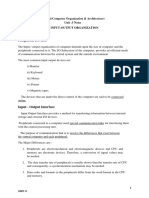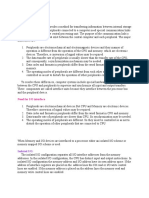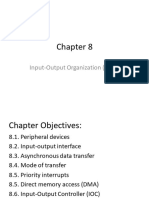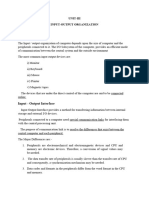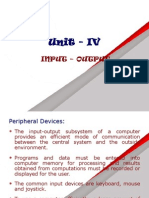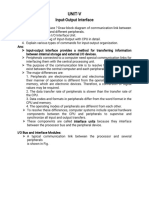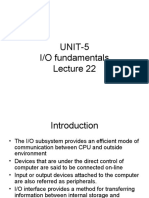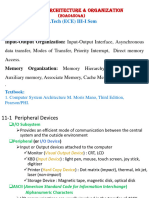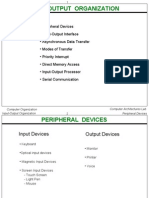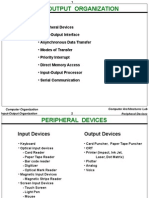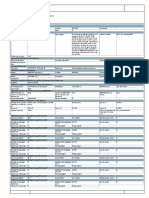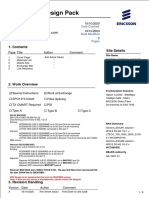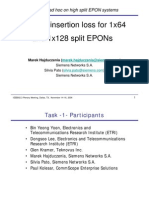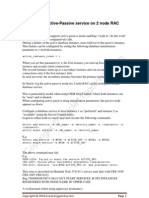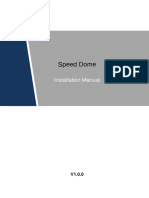0% found this document useful (0 votes)
38 views39 pagesUnit-III Module 2
The document discusses the input-output interface, which facilitates communication between a computer's CPU and peripheral devices, addressing differences in operation, data formats, and transfer rates. It explains various methods of data transfer, including isolated I/O, memory-mapped I/O, and asynchronous data transfer techniques such as strobe control and handshaking. Additionally, it covers the distinctions between parallel and serial data transmission, highlighting the characteristics and applications of each method.
Uploaded by
saitejasaini2006Copyright
© © All Rights Reserved
We take content rights seriously. If you suspect this is your content, claim it here.
Available Formats
Download as PDF, TXT or read online on Scribd
0% found this document useful (0 votes)
38 views39 pagesUnit-III Module 2
The document discusses the input-output interface, which facilitates communication between a computer's CPU and peripheral devices, addressing differences in operation, data formats, and transfer rates. It explains various methods of data transfer, including isolated I/O, memory-mapped I/O, and asynchronous data transfer techniques such as strobe control and handshaking. Additionally, it covers the distinctions between parallel and serial data transmission, highlighting the characteristics and applications of each method.
Uploaded by
saitejasaini2006Copyright
© © All Rights Reserved
We take content rights seriously. If you suspect this is your content, claim it here.
Available Formats
Download as PDF, TXT or read online on Scribd
/ 39











